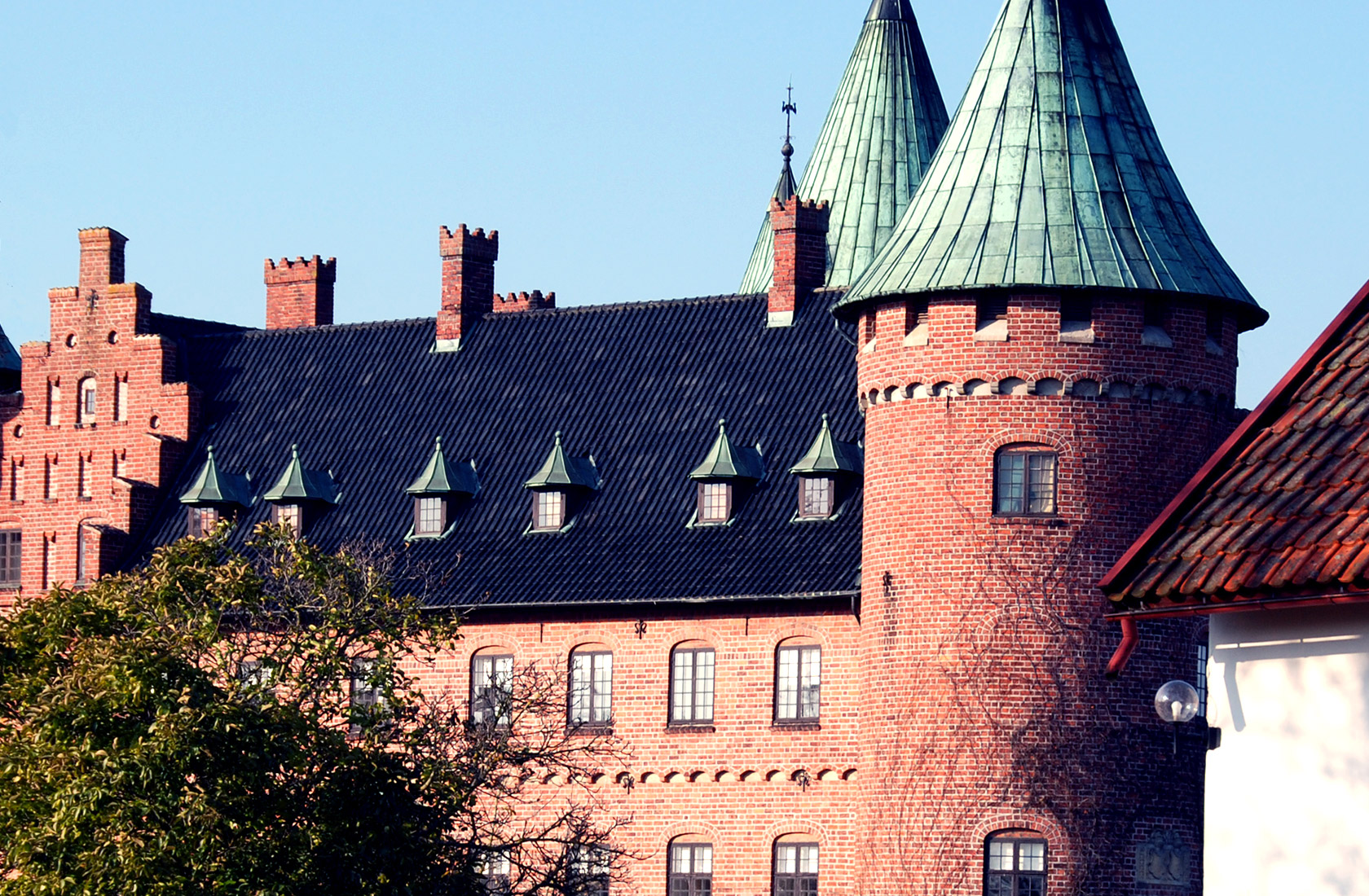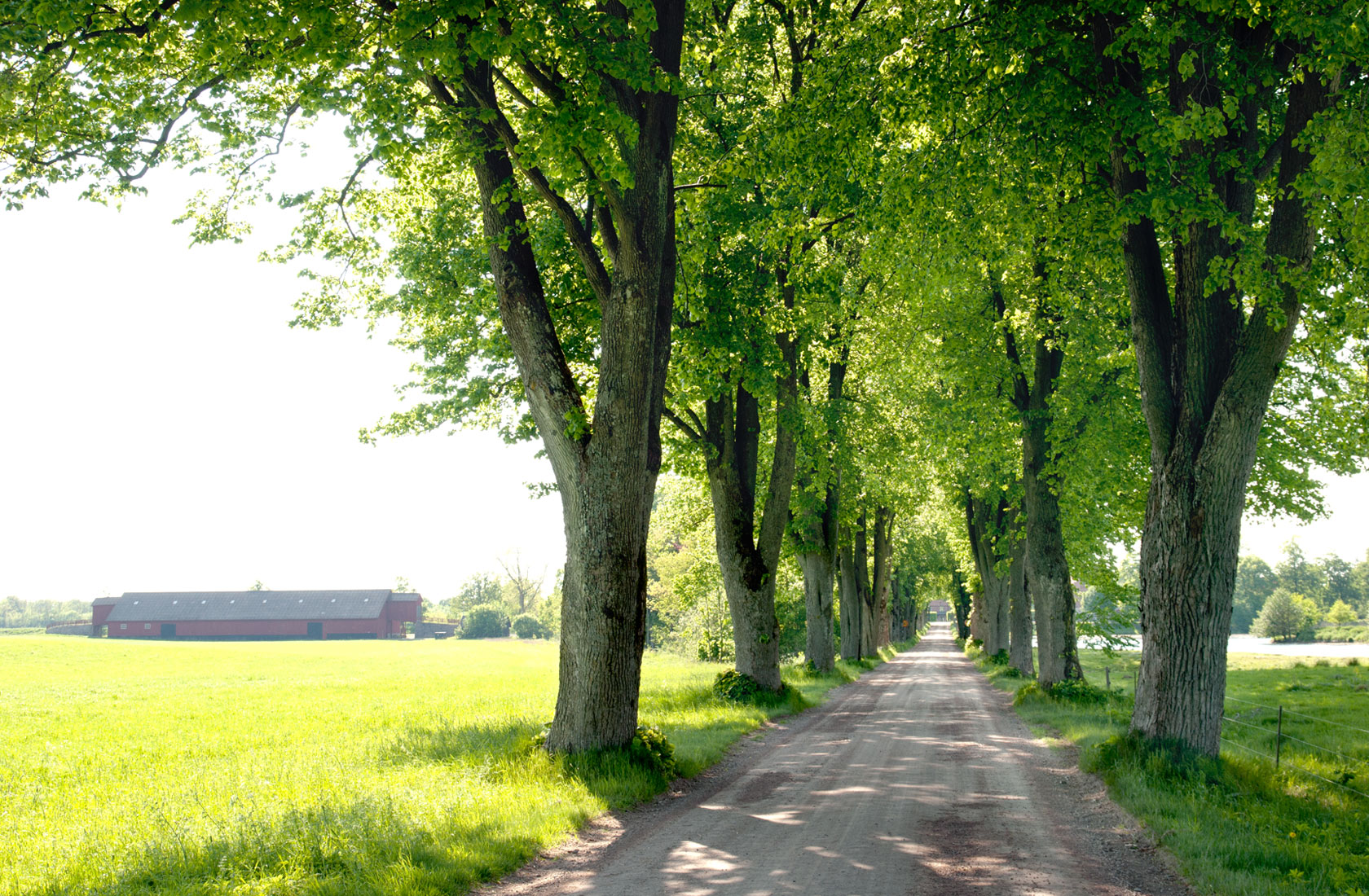History
- Launch
- History
Trolleholm through six centuries
The story begins in the 1420s when Cistercian monks at Herrevad Abbey erected buildings in a marshy transitional area called Kattisnabbe.
After the Reformation in the 1530s, the Danish Councillor Tage Ottesen Thott bought the estate and built Eriksholm Castle. In 1678 the castle was burned by the Danes. In parallel with these events, the property changes hands. It was finally bought by Lieutenant Colonel Fredrik Trolle, who converted the estate into a fideicommiss and changed the name to Trolleholm. The estate passed to the Bonde family when Fredrik Trolle’s daughter Viveka married Count Gustaf Bonde. Ever since, the owners have carried the name Trolle-Bonde.


During the first half of the 19th century, the estate was modernized by "the blind Excellency" Gustaf Trolle-Bonde, grandson of Viveka and Gustaf.
As fideikommissarie for nine large estates, he was one of Sweden’s largest land managers. He introduced the ‘enskiftet’: a land reform which meant that instead of many small plots of land, each farmer had his own collective land area. At the same time, there was a shift from a natural economy to a monetary economy. The result was efficiency: the basis for future prosperity.
In 1877 Carl Trolle-Bonde took over the management and the estate underwent another transformation. The castle was renovated and the tenant farms were rebuilt. At the same time, large areas were drained, spruce was planted in the fields and forests were restored. The fideicommissum ended with the 1974 succession. Today the estate is owned by Carl Trolle-Bonde as private property.
